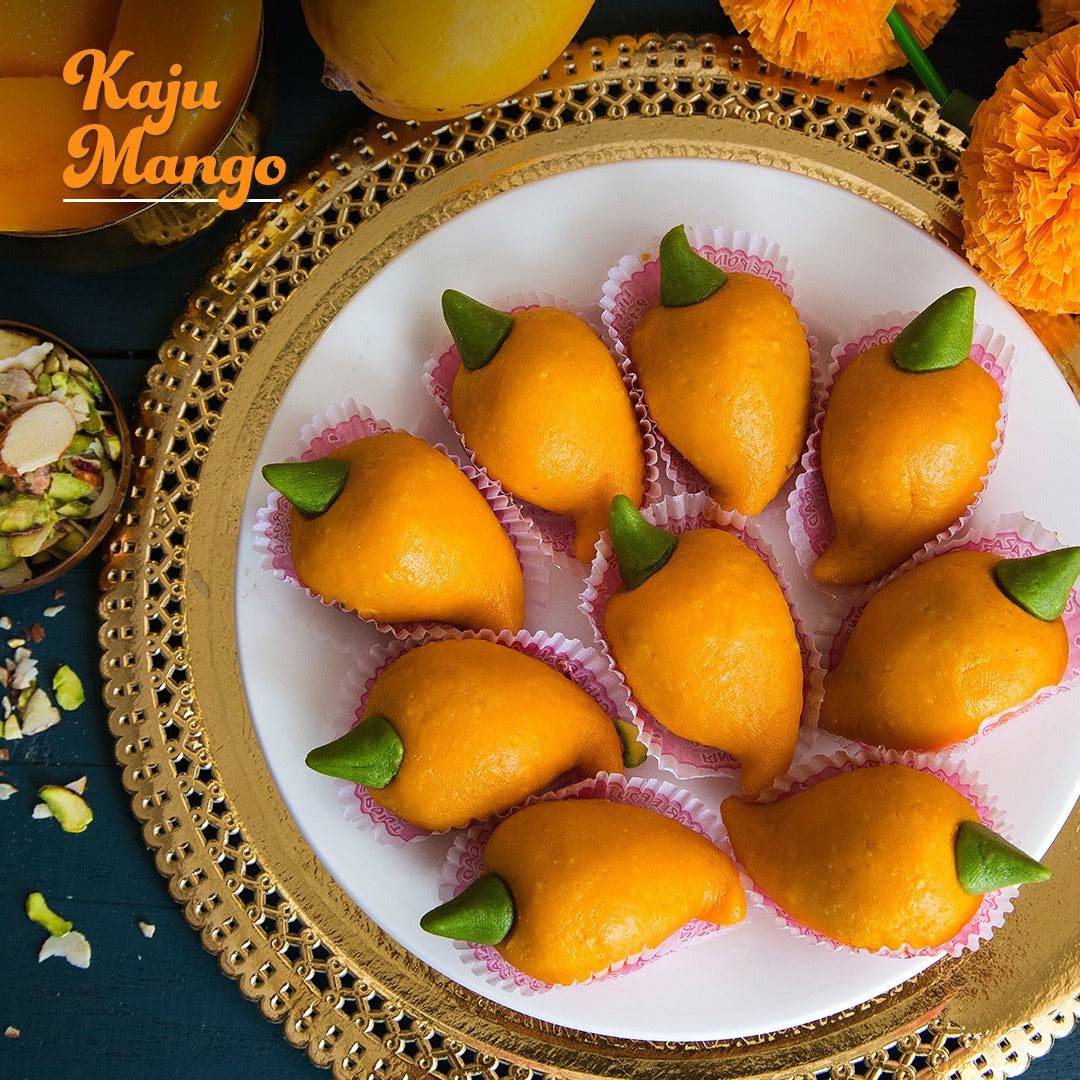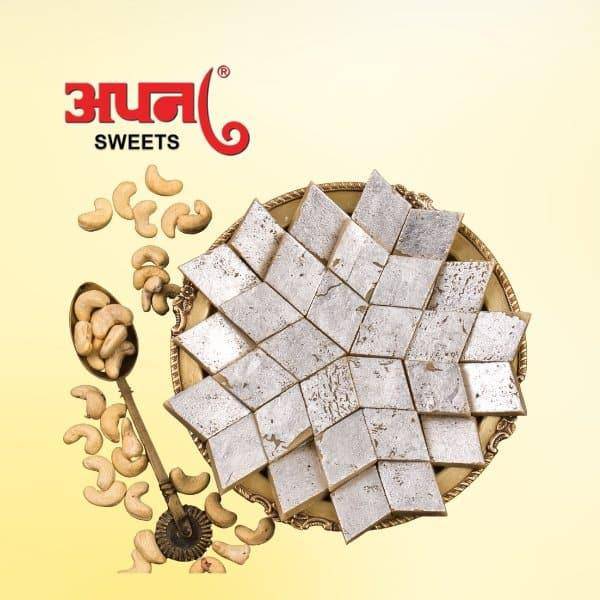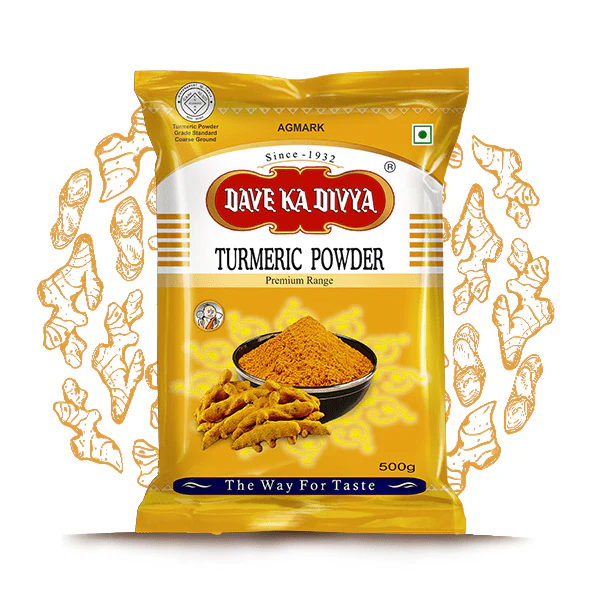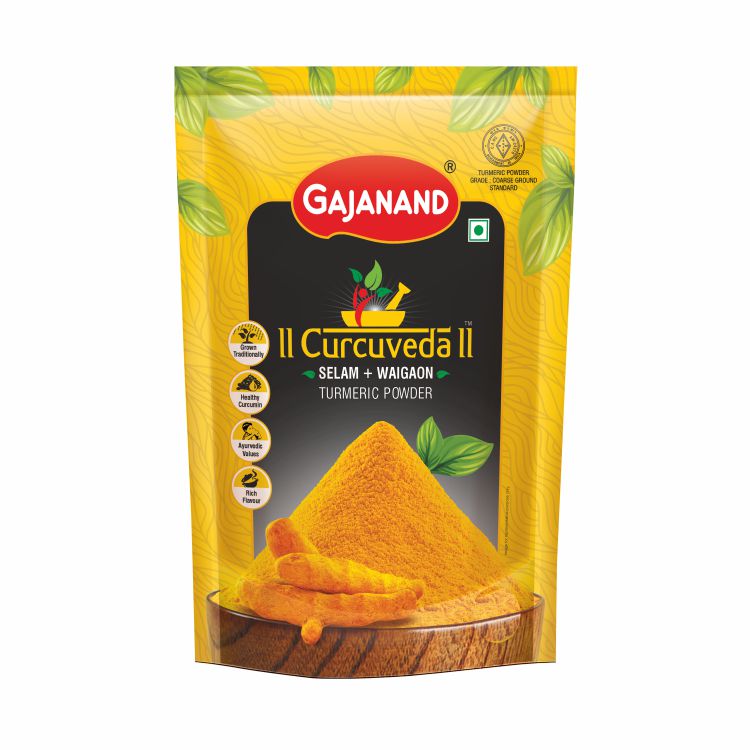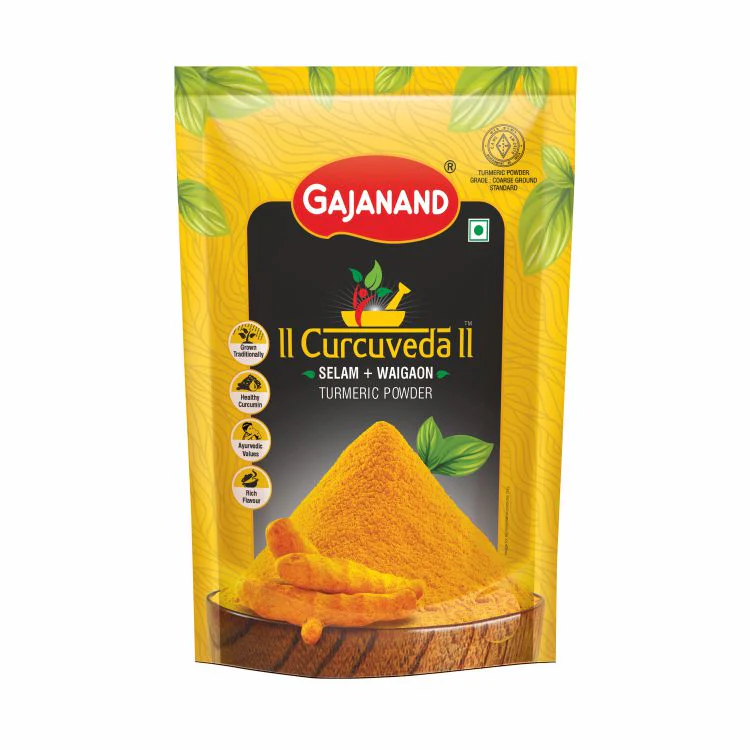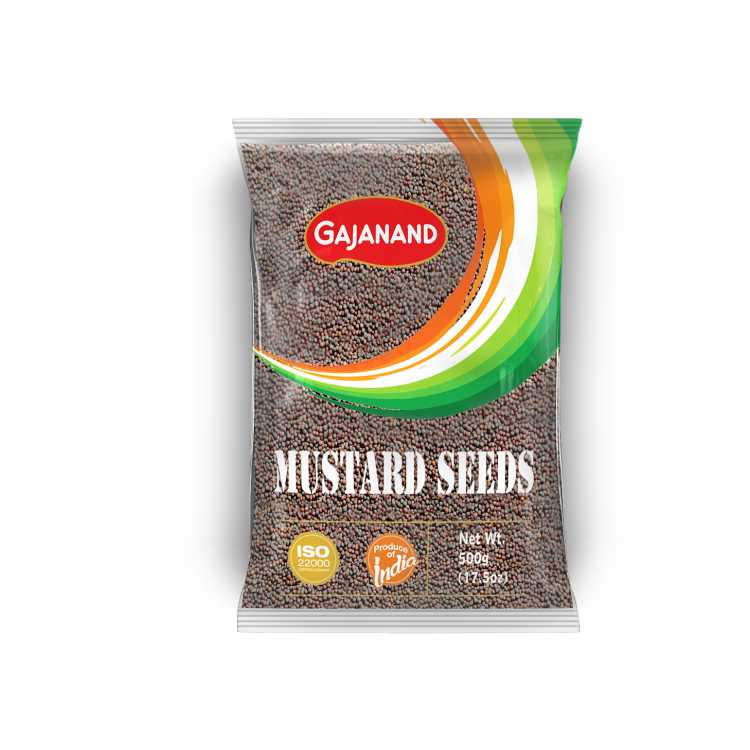
Indian cuisine is famous not only for its vibrant colors and textures but also for its unparalleled depth of flavor. The secret behind these rich, aromatic dishes lies in carefully selecting and using spices. Spices are much more than flavor enhancers; they are carriers of history, tradition, and even health benefits. In this article, we’ll explore top Indian spices—from everyday essentials like turmeric and cumin to unique blends such as garam masala and chaat masala—and provide practical tips on how to use them in your kitchen.
Indian spices have been used for centuries—not only to add zest to food but also to preserve, heal, and celebrate. Whether you’re a novice cook or an experienced chef looking to expand your culinary repertoire, understanding these spices is the first step in transforming simple ingredients into memorable meals.
A Journey Through Indian Spices
Traveling through the world of Indian spices is like embarking on a sensory adventure. Every spice tells a story—from the sun-drenched fields where turmeric is grown to the ancient kitchen traditions where cardamom was once prized as “the queen of spices.” Let’s take a journey across India’s spice markets and discover the origins, cultural significance, and unique qualities of each spice.
Imagine wandering through a bustling bazaar, where sacks of cumin and coriander lie beside vibrant red chili powder and aromatic cloves. Each spice has its personality. Turmeric, with its brilliant yellow hue, is not only a culinary staple but also revered for its anti-inflammatory properties. Cumin seeds, tiny yet potent, have been a kitchen essential for millennia and are used to awaken the flavors of a dish right from the start.
In every region, spices are combined in unique ways. In North India, a pinch of asafoetida (hing) is used to transform lentil dishes, while in South India, curry leaves infuse soups and stews with a distinct, citrusy note. These regional nuances make Indian cuisine endlessly diverse and a perpetual source of culinary inspiration.
25 Top Indian Spices and How to Use Them
Below is a curated list of 25 essential Indian spices, along with tips on their usage, flavor profiles, and health benefits.
1. Turmeric (Haldi)
Turmeric is known for its earthy, slightly bitter taste and vibrant yellow color. Its active compound, curcumin, is celebrated for its anti-inflammatory and antioxidant properties. Turmeric not only adds color but also boosts the nutritional profile of your dishes.
How to Use:
-
Add a pinch to curries, soups, and stews.
-
Use it in marinades for meats or vegetables.
-
Stir into rice for a golden hue and subtle flavor boost.
-
Mix into smoothies or teas (golden milk) for a healthful drink.

2. Cumin (Jeera)
Cumin has a warm, nutty, and slightly peppery flavor. It’s indispensable in Indian cooking, imparting a robust aroma and enhancing the overall taste of curries and lentil dishes.
How to Use:
-
Dry roast whole cumin seeds to release their essential oils before grinding.
-
Use ground cumin in spice blends or sprinkle it over roasted vegetables.
-
Incorporate it into dals and stews for depth.

3. Coriander (Dhania)
Coriander seeds offer a mild, sweet, and citrusy flavor, while fresh coriander (cilantro) adds a burst of brightness. They are known for aiding digestion and possessing antioxidant properties.
How to Use:
-
Toast whole coriander seeds to enhance their flavor before grinding.
-
Use ground coriander in curries, soups, and marinades.
-
Garnish dishes with fresh cilantro leaves for a refreshing finish.

4. Cardamom (Elaichi)
Cardamom boasts a complex profile—sweet, floral, slightly spicy, with hints of mint and citrus. It’s prized for its digestive benefits and its ability to elevate both savory and sweet dishes.
How to Use:
-
Add whole green cardamom pods to rice pudding, chai, or biryanis.
-
Grind cardamom seeds fresh into spice blends, such as garam masala.
-
Infuse desserts and baked goods with a subtle cardamom flavor.

5. Cloves (Laung)
Cloves are intensely aromatic with a warm, sweet, and slightly numbing quality. They have antiseptic properties and are used in both cooking and traditional medicine.
How to Use:
-
Use whole cloves in spice-infused rice dishes or curries.
-
Add to marinades for meats or to slow-cooked stews.
-
Grind sparingly into spice mixes or desserts for a hint of warmth.

6. Cinnamon (Dalchini)
Cinnamon adds a sweet, woody, and slightly spicy flavor. It’s known for its antioxidant properties and potential benefits in regulating blood sugar.
How to Use:
-
Add cinnamon sticks to biryanis, curries, or stews for a subtle sweetness.
-
Use ground cinnamon in baked goods, teas, and desserts.
-
Incorporate into spice blends like garam masala for depth.

7. Mustard Seeds (Rai)
Mustard seeds have a pungent, spicy flavor that becomes milder and nuttier when toasted. They are a key tempering ingredient and aid in digestion.
How to Use:
-
Heat mustard seeds in hot oil until they pop, then add onions and other spices.
-
Use in pickles, curries, and vegetable stir-fries.
-
Combine with turmeric and other spices to make a tangy marinade.

8. Asafoetida (Hing)
Asafoetida has a strong, sulfurous aroma that mellows upon cooking, imparting a smooth, umami quality to dishes. It’s renowned for its digestive properties and is especially popular in vegetarian cooking.
How to Use:
-
Use a pinch in hot oil at the beginning of cooking to neutralize its pungency.
-
Add to lentil dishes or vegetable curries to aid digestion.
-
It pairs well with cumin and turmeric in tempering.

9. Ginger (Adrak)
Ginger is zesty, slightly peppery, and warming. It has anti-inflammatory and digestive benefits, making it a staple in Indian cooking.
How to Use:
-
Use fresh grated ginger in curries, marinades, and teas.
-
Incorporate dried ginger powder in spice blends or baked goods.
-
Combine with garlic for robust sauces and stir-fries.

10. Garlic (Lahsun)
Garlic provides a sharp, pungent flavor that mellows with cooking, offering both taste and health benefits such as cardiovascular support and antimicrobial properties.
How to Use:
-
Crush or mince fresh garlic and sauté with onions to create a flavorful base.
-
Roast whole garlic cloves for a mellow, buttery spread.
-
Sprinkle garlic powder into rubs or spice mixes.

11. Fennel Seeds (Saunf)
Fennel seeds have a sweet, licorice-like flavor and are known for their digestive properties. They help freshen breath and are a popular after-meal treat in many Indian households.
How to Use:
-
Toast and grind fennel seeds for spice blends or desserts.
-
Chew a few seeds after meals to aid digestion.
-
Use whole seeds in pickles or to flavor rice dishes.

12. Fenugreek (Methi)
Fenugreek seeds are slightly bitter with a maple-like sweetness when cooked, while dried fenugreek leaves (Kasuri methi) add a concentrated flavor. They’re known for their potential to lower blood sugar and cholesterol.
How to Use:
-
Use fenugreek seeds in spice blends or to temper curries.
-
Sprinkle kasuri methi over dishes like butter chicken or dal for a distinctive aroma.
-
Soak fenugreek seeds in water overnight and use the sprouted seeds in salads.

13. Red Chili Powder
Red chili powder provides heat and a vibrant red color to dishes. It is rich in capsaicin, which has metabolism-boosting and pain-relieving properties.
How to Use:
-
Adjust the quantity to control the level of heat in curries and stews.
-
Sprinkle a little over roasted vegetables or mix into marinades.
-
Combine with turmeric and cumin for a robust spice blend.

14. Black Pepper (Kali Mirch)
Black pepper is a versatile spice with a sharp, mildly spicy flavor. It enhances the absorption of other nutrients (like curcumin in turmeric) and aids digestion.
How to Use:
-
Grind fresh peppercorns over finished dishes for a burst of heat.
-
Use in spice rubs, marinades, and soups.
-
Combine with salt in seasoning blends for a balanced flavor.

15. Saffron (Kesar)
Saffron is prized for its subtle, honeyed flavor and its deep golden color. Although one of the most expensive spices, it is celebrated for its antioxidant properties and mood-lifting benefits.
How to Use:
-
Soak a few strands in warm milk or water to release their color and flavor before adding them to rice, desserts, or stews.
-
Use sparingly in biryanis, kheer (rice pudding), and certain sweets.
-
Garnish festive dishes with a few saffron threads for an elegant finish.

16. Bay Leaves (Tej Patta)
Bay leaves have a subtle herbal and slightly floral aroma. They are believed to aid digestion and add complexity to slow-cooked dishes.
How to Use:
-
Add a whole bay leaf to simmering curries, soups, and rice dishes.
-
Remove before serving, as their texture is not meant for eating.
-
Use in spice bags when braising meats to impart flavor.

17. Nigella Seeds (Kalonji)
Nigella seeds, also known as kalonji, have a slightly bitter, peppery flavor with hints of onion and oregano. They are known for their antioxidant and antimicrobial properties.
How to Use:
-
Sprinkle nigella seeds over naan, bread, or salads.
-
Use in pickling mixtures or to garnish yogurt-based dishes.
-
Incorporate into spice blends for curries and vegetable dishes.

18. Curry Leaves (Kadi Patta)
Curry leaves have a distinct, citrusy aroma and impart a unique flavor that is both slightly bitter and aromatic. They are rich in antioxidants and are a staple in South Indian cooking.
How to Use:
-
Sauté curry leaves in oil at the beginning of cooking to infuse the oil with their flavor.
-
Add to dals, soups, and rice dishes.
-
Use fresh leaves as a garnish to enhance aroma and taste.

19. Star Anise (Chakra Phool)
Star anise has a sweet, licorice-like flavor with hints of clove and mint. It is often used in spice blends and has digestive benefits.
How to Use:
-
Add whole star anise to slow-cooked dishes, broths, and biryanis.
-
Use in poaching liquids or to infuse teas.
-
Remove before serving, as its intense flavor can overpower a dish if left in too long.

20. Mace (Javitri)
Mace, the outer covering of nutmeg, has a warm, slightly sweet flavor that is more delicate than nutmeg itself. It’s used to add complexity to both savory and sweet dishes.
How to Use:
-
Grind mace into spice blends like garam masala for curries.
-
Add a pinch to desserts, custards, or baked goods for a subtle warmth.
-
Use in soups and stews to complement other spices without overwhelming them.

21. Dried Mango Powder (Amchur)
Amchur, or dried mango powder, offers a tangy, fruity flavor that adds acidity and brightness to dishes. It’s a natural source of vitamin C and aids digestion.
How to Use:
-
Sprinkle amchur over curries and vegetable dishes to add a sour note.
-
Use it in marinades to tenderize meat and enhance flavor.
-
Incorporate into chutneys and spice rubs for an extra kick of tanginess.

22. Dried Pomegranate Seeds (Anardana)
Anardana provides a unique blend of tart and sweet flavors. It is rich in antioxidants and helps balance savory dishes with its bright, fruity tang.
How to Use:
-
Grind anardana seeds into a powder and mix them into spice blends.
-
Sprinkle over salads, yogurt dishes, or grilled meats for a burst of acidity.
-
Use whole in chutneys or as a garnish to add texture and visual appeal.

23. Carom Seeds ( Ajwain )
Ajwain has a pungent, thyme-like flavor with a hint of bitterness. It is excellent for digestive health and is known to relieve bloating and gas.
How to Use:
-
Use a pinch of ajwain in doughs, parathas, or savory snacks for an extra zing.
-
Add lentil soups and curries to boost flavor and aid digestion.
-
Combine with other spices for a traditional tempering in deep-fried dishes.

24. Nutmeg (Jaiphal)
Nutmeg, or Jaiphal in Hindi, has a warm, sweet, and slightly nutty flavor. It’s used to add depth and a touch of sweetness to both savory dishes and desserts. Nutmeg is believed to aid digestion and has been traditionally used in Indian sweets and spice blends.
How to Use:
-
Grate a small amount into curries, creamy sauces, or vegetable dishes to impart warmth.
-
Add to desserts, custards, and baked goods for a subtly sweet flavor.
-
Use sparingly, as its potent flavor can easily overpower other ingredients.

25. Indian Long Pepper (Pippali)
Indian long pepper has a unique, layered flavor—spicier than black pepper with hints of sweetness and smokiness. It’s valued for its digestive properties and warming effect.
How to Use:
-
Grind long pepper to add a distinctive, layered heat to curries and stews.
-
Toast whole pippali in oil to release its aromatic qualities before combining it with other spices.
-
Use in spice blends where a nuanced, lingering heat is desired.

Health Benefits of Indian Spices
1. Rich in Antioxidants
Spices like cloves, cinnamon, and turmeric are packed with antioxidants that help combat free radicals, reducing the risk of chronic diseases such as diabetes, cancer, and heart disease.
2. Powerful Anti-Inflammatory Effects
Ginger, garlic, and cayenne pepper possess strong anti-inflammatory properties, helping to alleviate symptoms of arthritis, inflammatory bowel disease, and other chronic conditions.
3. Supports Digestion
Spices such as ginger, fennel seeds, and cumin aid digestion by reducing bloating, stimulating digestive enzymes, and soothing gastrointestinal discomfort.
4. Boosts Metabolism
Mustard seeds, cayenne pepper, and black pepper contain compounds that can enhance metabolism, supporting weight management and fat loss.
5. Regulates Blood Sugar
Cinnamon and fenugreek seeds help improve insulin sensitivity and lower insulin resistance, making them beneficial for individuals with diabetes or those at risk.
6. Strengthens Immunity
Garlic, ginger, and turmeric have antibacterial and immune-boosting properties that help the body fight infections, colds, and the flu.
7. Promotes Heart Health
Spices like garlic, cayenne pepper, and cinnamon contribute to cardiovascular health by lowering blood pressure, improving circulation, and reducing cholesterol levels.
8. Enhances Mood
Saffron and turmeric have been linked to improved mental well-being, as they help regulate neurotransmitters and alleviate symptoms of anxiety and depression.
9. Supports Brain Function
Antioxidant-rich spices such as cinnamon and turmeric help protect brain cells from oxidative damage, reducing the risk of neurodegenerative diseases like Alzheimer’s.
10. Enhances Nutrient Absorption
Turmeric and black pepper work together to boost nutrient absorption, ensuring the body efficiently utilizes vitamins and minerals from food.
Indian spices not only add flavor to meals but also offer a wealth of health benefits, making them a valuable addition to a balanced diet.
How to Use Indian Spices in Your Kitchen
If you’re ready to experiment with Indian spices, here are some practical tips to help you master their use:
1. Tempering (Tadka)
Many Indian dishes begin with tempering spices in hot oil or ghee. This process releases the essential oils and maximizes their flavor.
Tip: Heat your oil until it shimmers, add whole spices like cumin seeds, mustard seeds, or asafoetida, and let them sizzle for 15–30 seconds before adding other ingredients.
2. Grinding Fresh
For maximum flavor, consider grinding whole spices just before use. A small mortar and pestle or a spice grinder can transform whole spices like cardamom, cumin, and cloves into a fragrant powder.
Tip: Toast whole spices lightly before grinding to enhance their flavor even more.
3. Layering Flavors
Indian cooking often involves layering flavors. Start with a base of aromatics (onions, garlic, ginger), add your ground spices, and finish with a pinch of garam masala or a sprinkle of fresh herbs.
Tip: Add heat early (chili powder, ginger) and finish with delicate spices (garam masala, fresh coriander) to preserve their nuanced flavors.
4. Balancing Tastes
The Indian philosophy of taste involves balancing sweet, sour, salty, bitter, pungent, and astringent elements. When seasoning your dishes, taste as you go and adjust with a dash of amchur for tang, a pinch of salt, or a sprinkle of chaat masala to brighten the flavors.
Tip: Keep a small bottle of amchur on hand for that unexpected burst of sourness.
5. Using Spice Blends
Spice blends like garam masala and chaat masala are incredibly versatile. Use them as a finishing touch on curries or sprinkle over salads and snacks.
Tip: Store your spice blends in airtight containers away from direct sunlight to maintain their potency.
Traditional Spice Blends & Modern Twists
While individual spices are the building blocks of flavor, many Indian dishes rely on carefully crafted blends. These blends reflect regional variations and personal family recipes passed down through generations.
Garam Masala
Garam masala, which translates to “warm spice mix,” typically includes cardamom, cloves, cinnamon, cumin, and black pepper. Its aroma and warmth can transform a simple dal or vegetable curry into something extraordinary.
Modern Twist: Try adding a pinch of toasted sesame seeds or a dash of nutmeg to your homemade garam masala for a unique twist.
Chaat Masala
Chaat masala is a tangy and spicy blend that lifts the flavors of fruits, salads, and street foods. It’s characterized by the inclusion of dried mango powder, black salt, cumin, and red chili powder.
Modern Twist: Experiment with adding a hint of dried mint or a touch of pomegranate molasses to create your signature version of chaat masala.
Other Regional Blends
Beyond these two, regional spice blends abound. For example, panch phoron is a Bengali mix of five spices—cumin, mustard, fenugreek, fennel, and nigella—that is used to temper vegetables and lentils. Each blend has its own story and serves as a testament to the culinary ingenuity found across India.
Tip for Experimentation: Start with a basic blend (like garam masala) and adjust the ratios according to your taste. Over time, you might even develop a blend that’s uniquely yours—a personal signature in your cooking.
Conclusion: Transform Your Cooking with Indian Spices
Indian spices are more than ingredients—they’re an invitation to explore a rich culinary heritage. With these 25 essential spices, you can elevate everyday meals and experiment with flavors that not only taste amazing but also provide health benefits.
From the golden brightness of turmeric to the robust warmth of cumin and the aromatic lift of cardamom, each spice adds its unique touch. Embrace the art of tempering, fresh grinding, and layering flavors to transform your cooking. And remember a well-organized spice cupboard—perhaps featuring a traditional masala dabba—can be a source of inspiration and culinary pride.
Whether you’re cooking a comforting dal, a vibrant biryani, or a light salad dusted with chaat masala, these spices offer endless possibilities. Explore, experiment, and enjoy the journey. After all, every dish you create tells a story—one that is enriched by the timeless magic of Indian spices.
Happy cooking!


